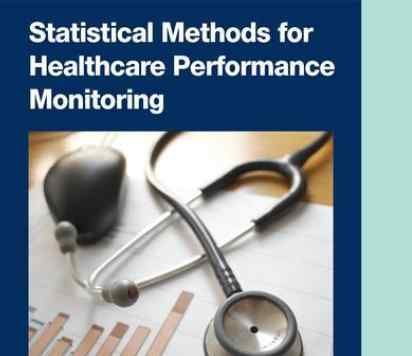BibTex format
@article{Rost:2016:10.1161/JAHA.115.002433,
author = {Rost, NS and Bottle, A and Lee, J-M and Randall, M and Middleton, S and Shaw, L and Thijs, V and Rinkel, GJE and Hemmen, TM},
doi = {10.1161/JAHA.115.002433},
journal = {Journal of the American Heart Association},
title = {Stroke Severity Is a Crucial Predictor of Outcome: An International Prospective Validation Study},
url = {http://dx.doi.org/10.1161/JAHA.115.002433},
volume = {5},
year = {2016}
}
RIS format (EndNote, RefMan)
TY - JOUR
AB - Background Stroke is among the leading causes of morbidity and mortality worldwide. Without reliable prediction models and outcome measurements, comparison of care systems is impossible. We analyzed prospectively collected data from 4 countries to explore the importance of stroke severity in outcome prediction.Methods and Results For 2 months, all acute ischemic stroke patients from the hospitals participating in the Global Comparators Stroke GOAL (Global Outcomes Accelerated Learning) collaboration received a National Institutes of Health Stroke Scale (NIHSS) score on admission and a modified Rankin Scale score at 30 and 90 days. These data were added to the administrative data set, and risk prediction models including age, sex, comorbidity index, and NIHSS were derived for inhospital death within 7 days, all inhospital death, and death and good outcome at 30 and 90 days. The relative importance of each variable was assessed using the proportion of explained variation. Of 1034 admissions for acute ischemic stroke, 614 had a full set of NIHSS and both modified Rankin Scale values recorded; of these, 507 patients could be linked to administrative data. The marginal proportion of explained variation was 0.7% to 4.0% for comorbidity index, and 11.3 to 25.0 for NIHSS score. The percentage explained by the model varied by outcome (16.6–29.1%) and was highest for good outcome at 30 and 90 days. There was high agreement between 30 and 90day modified Rankin Scale scores (weighted κ=0.82).Conclusions In this prospective pilot study, the baseline NIHSS score was essential for prediction of acute ischemic stroke outcomes, followed by age; whereas traditional comorbidity index contributed little to the overall model. Future studies of stroke outcomes between different care systems will benefit from including a baseline NIHSS score.
AU - Rost,NS
AU - Bottle,A
AU - Lee,J-M
AU - Randall,M
AU - Middleton,S
AU - Shaw,L
AU - Thijs,V
AU - Rinkel,GJE
AU - Hemmen,TM
DO - 10.1161/JAHA.115.002433
PY - 2016///
SN - 2047-9980
TI - Stroke Severity Is a Crucial Predictor of Outcome: An International Prospective Validation Study
T2 - Journal of the American Heart Association
UR - http://dx.doi.org/10.1161/JAHA.115.002433
UR - http://hdl.handle.net/10044/1/32775
VL - 5
ER -
